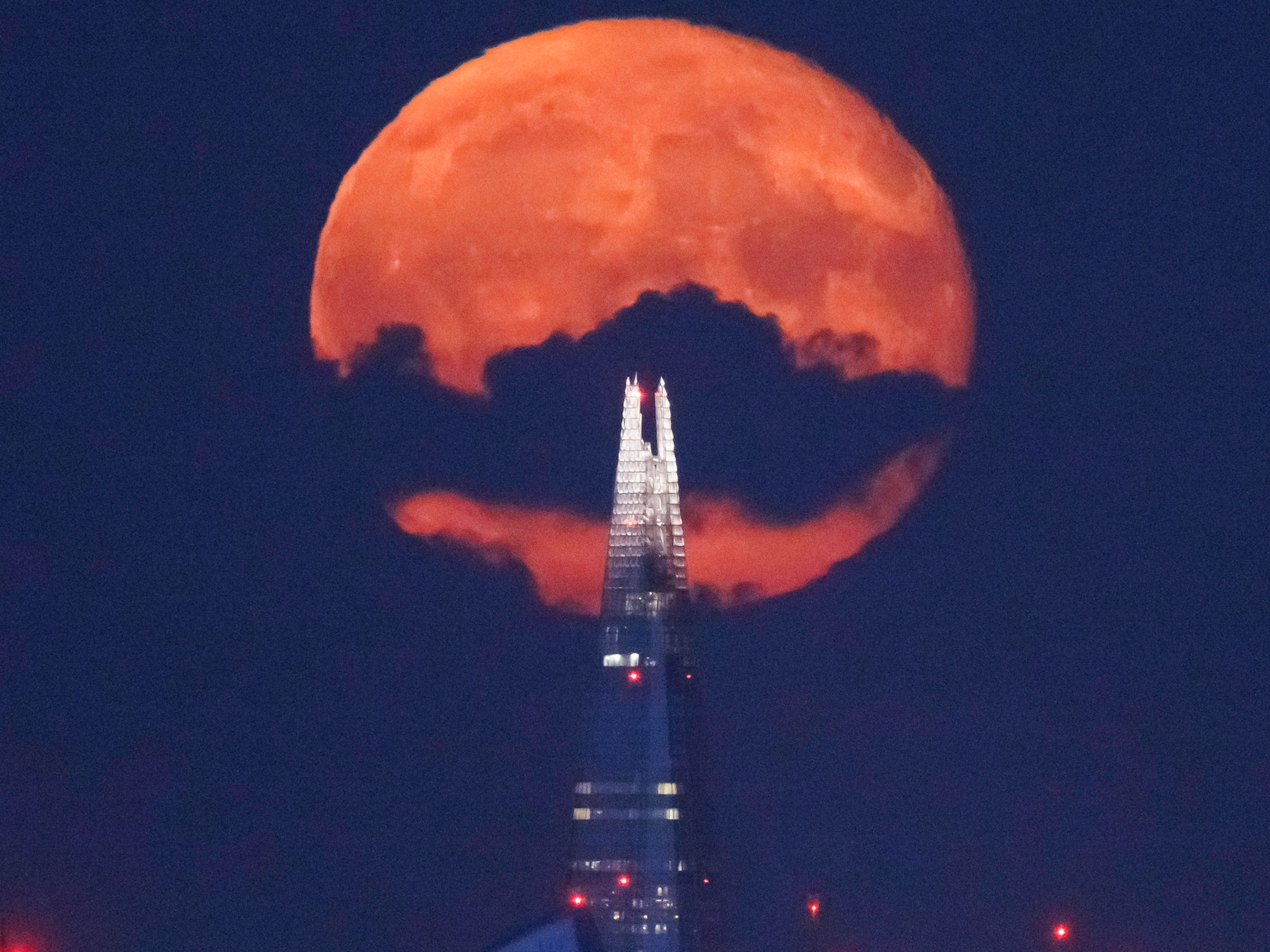Surprise Meteor Lights Up Harvest Moon Festival
People enjoying the Mid-Autumn Festival were treated to a bonus sky burst as a meteor raced over the Yunnan Province in China.
People watching the harvest moon during a festival in China had an exceptionally illuminating evening, thanks to a fireball that exploded in the skies over the country’s Yunnan Province on October 4.
In a video of the event, captured just after 8 p.m. local time, a ball of flame shoots across the sky and explodes in midair. The burst momentarily lights up the night sky like a match struck in a dark room, dazzling unsuspecting viewers.
Such explosive fireballs are also known as bolides—meteors that shine brighter than the planet Venus as they careen through Earth’s atmosphere and blast apart.
NASA’s Center for Near-Earth Object Studies has been documenting fireballs and bolides globally since 1988. Their data indicate that the China bolide raced over the Yunnan Province at about nine miles a second and released energy equal to 540 metric tons of TNT when it exploded.
Although it is the 20th fireball documented by NASA so far in 2017, it ranks as the fifth most powerful of the year.
While they might be spectacular to witness, bolides can be dangerous. In perhaps the most famous case, a meteor blew apart over Siberia in 1908, releasing energy equal to the power of 200 Hiroshima-size atomic bombs. The so-called Tunguska event didn’t kill anyone, but it did level about 800 square miles of remote forest.
More recently, a fireball exploded over the Russian city of Chelyabinsk in 2013. That 500-kiloton burst was so powerful it damaged buildings and injured more than a thousand people—even causing sunburns in some observers due to the brightness of the blast.
Some experts argue that these kinds of “airburst” meteors are even more dangerous to life on Earth than large impacts like the one that killed off the non-avian dinosaurs 66 million years ago. That’s because they are usually caused by smaller space rocks that are much harder for us to detect and that are not currently being tracked as risks to our planet.
The last fireball recorded over China was in 2014 in Inner Mongolia, but the most phenomenal happened in 2009, the South China Morning Post reports. That bolide blasted apart with the energy of 2.3 kilotons of TNT.
Still, the actual risk from bolides is relatively low: Given the ratio of ocean to populated land, most meteors tend to fall over the open seas. That includes the first fireball ever recorded by NASA, which appeared over the waters just east of the Sulawesi coast on April 15, 1988.





